Preceded by Kristjan Eldjarn | Name Vigdis Finnbogadottir | |
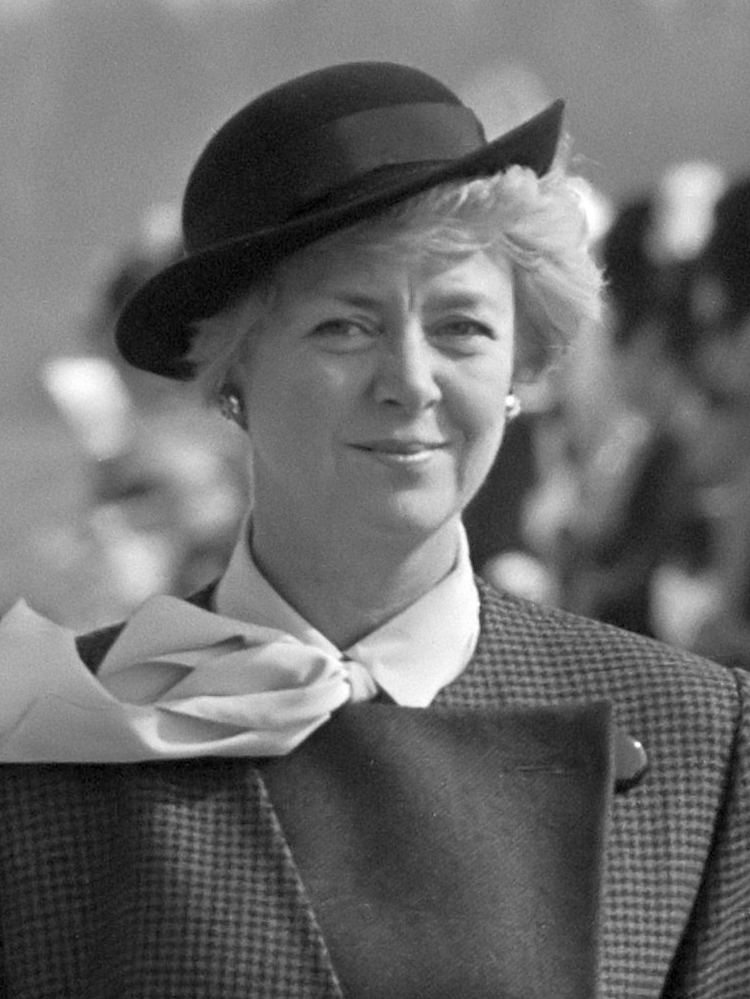 | ||
Prime Minister Gunnar ThoroddsenSteingrimur HermannssonÞorsteinn PalssonSteingrimur HermannssonDavið Oddsson Born 15 April 1930 (age 95) Reykjavik, Iceland ( 1930-04-15 ) Alma mater University of ParisUniversity of GrenobleUniversity of CopenhagenUniversity of Iceland Presidential term August 1, 1980 – August 1, 1996 Previous office President of Iceland (1980–1996) Books Landscapes: Images of Iceland Parents Sigriður Eiriksdottir, Finnbogi Rutur Þorvaldsson Education Organizations founded | ||
Succeeded by Olafur Ragnar Grimsson | ||
Video message by vigd s finnbogad ttir at the wip study trip to iceland
Vigdís Finnbogadóttir [ˈvɪɣtis ˈfɪn.pɔɣaˌtoʊhtɪr] (born 15 April 1930) served as the fourth President of Iceland from 1 August 1980 to 1996. She was both Iceland's and Europe's first female president, and the world's first democratically directly elected female president. With a presidency of exactly sixteen years, she also remains the longest-serving elected female head of state of any country to date. Currently, she is a UNESCO Goodwill Ambassador, and a Member of the Club of Madrid. She is also to-date Iceland's only female president.
Contents
- Video message by vigd s finnbogad ttir at the wip study trip to iceland
- Unesco news vigd s finnbogad ttir
- Early life
- Artistic and academic career
- President of Iceland
- Retirement
- National Honours
- Foreign Honours
- Honorary degrees
- References
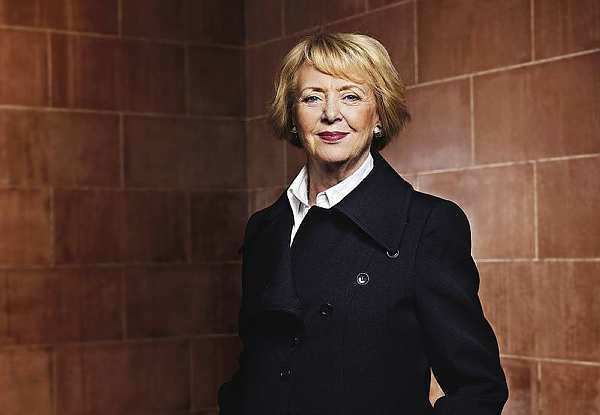
Unesco news vigd s finnbogad ttir
Early life
Vigdís Finnbogadóttir was born in Reykjavík on 15 April 1930. Her father, Finnbogi Rútur Þorvaldsson, was a civil engineer, as well as a professor at the University of Iceland. Her mother, Sigríður Eiríksdóttir, was a nurse and the chairperson of the Icelandic Nurses Association. They had two children: Vigdís and then a son a year later. After passing her matriculation exam in 1949, Vigdís studied French and French literature at the University of Grenoble and the Sorbonne in Paris from 1949 to 1953, then studied the history of theater at the University of Copenhagen. She then acquired a BA in French and English, as well as PGCE, at the University of Iceland. She married a physician in 1954, but divorced in 1963, and at the age of 41 she adopted a daughter, being the first single woman who was allowed to adopt a child.
Vigdís participated in the 1960s and 1970s in numerous rallies held to protest against the U.S. military presence in Iceland (and in particular at Keflavík). Every year hundreds—sometimes thousands—walked the 50-km road to Keflavík and chanted "Ísland úr NATO, herinn burt" (literally: Iceland out of NATO, the military away).
Artistic and academic career
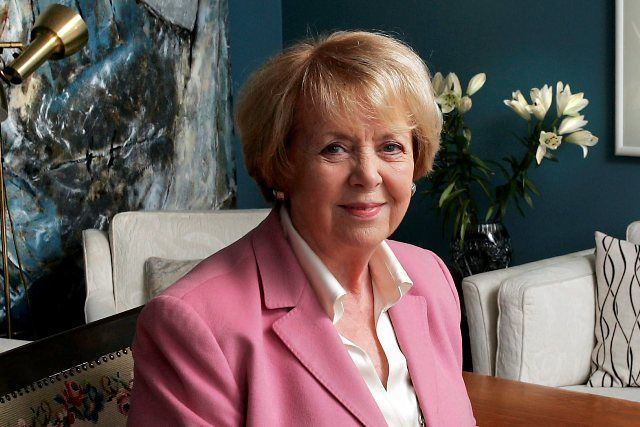
After graduation Vigdís taught French and French drama at the University and worked with experimental theatre. She worked with the Reykjavík Theatre Company from 1954 to 1957 and again from 1961 to 1964. During the summers, she also worked as a tour guide. Vigdís taught French at Menntaskólinn í Reykjavík 1962–67 and at Menntaskólinn við Hamrahlíð from 1967 to 1972. She also taught for a while at University of Iceland, as well as holding French courses on RÚV, the Icelandic state television.
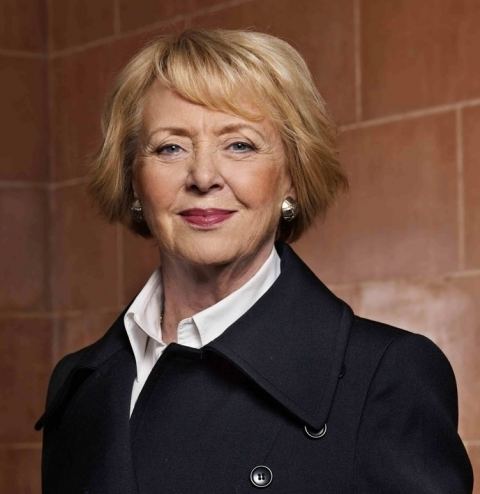
She was the Artistic Director of the Reykjavík Theatre Company (Leikfélag Reykjavíkur), later the City Theatre from 1972 to 1980. From 1976 to 1980, she was a member of the Advisory Committee on Cultural Affairs in the Nordic countries.
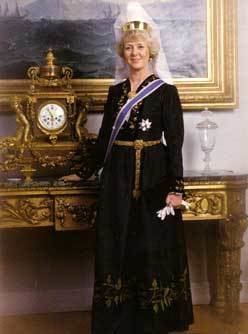
In 1996 she became founding chair of the Council of Women World Leaders at the John F. Kennedy School of Government at Harvard University. Two years later she was appointed president of the United Nations Educational, Scientific and Cultural Organization World Commission on the Ethics of Scientific Knowledge and Technology.
President of Iceland
The Icelandic women's movement has a long history. During the International Women's Year in 1975 Icelandic women attracted great attention when they organized a general strike to show how important women's undervalued work was. 90 per cent of the Icelandic women went on strike. And at the presidential election in 1980 the women's movement focused on electing a woman. After much persuasion Vigdís accepted to run against three male candidates. She was the first woman in the world to be elected as head of state in a democratic election, despite being a divorced single mother. She was narrowly elected, with 33.6 percent of the national vote, while her nearest rival got 32.1 percent. She became very popular and was subsequently reelected three times, unopposed in 1984, with 94.6 percent of the votes against another woman in 1988 and unopposed in 1992. In 1996 she decided not to run for reelection.
Although the Icelandic presidency is largely a ceremonial position, Vigdís took an active role as environmental activist and fought for Icelandic language and culture, acting as a cultural ambassador in promoting the country. She emphasized the role of small nations and hosted a crucial summit between US President Ronald Reagan and Soviet leader Mikhail Gorbachev in 1986. She had as her motto: 'Never let the women down' and worked specifically to promote girls' education. She was also aware of her role as a model for young women.
In 1993 the work Mitt Folk, commissioned by the British government, by the composer Oliver Kentish was dedicated to her as a gift from Britain to Iceland celebrating the 50th anniversary of the republic.
Retirement
Since 1998, Vigdís Finnbogadóttir has been UNESCO’s Goodwill Ambassador for languages.
She is also a member of the Fondation Chirac's honour committee, ever since the foundation was launched in 2008 by former French president Jacques Chirac in order to promote world peace.
National Honours
Foreign Honours
Honorary degrees
She has received honorary degrees from the following Universities:
Vigdís is a member of the Club of Madrid, an independent non-profit organization composed of 81 democratic former Presidents and Prime Ministers from 57 different countries.
